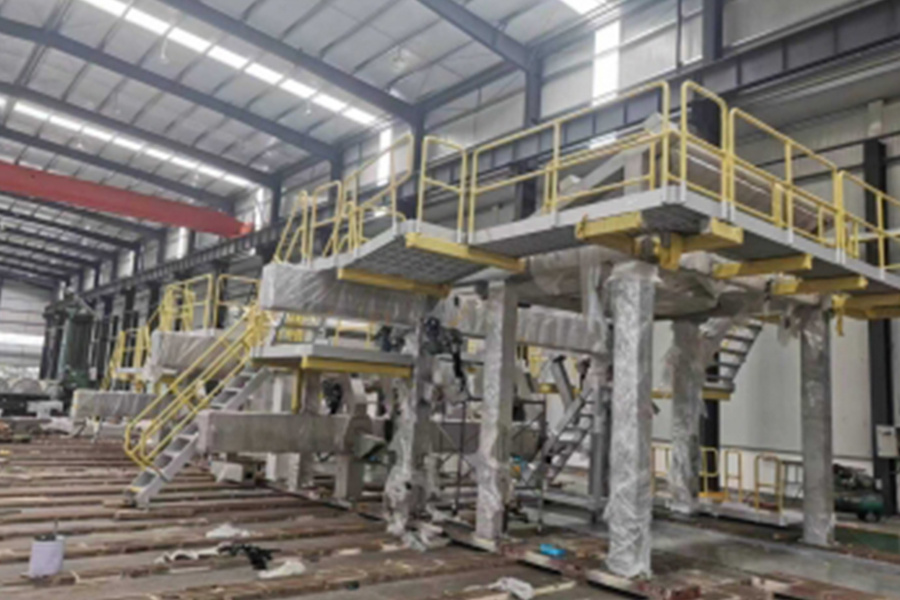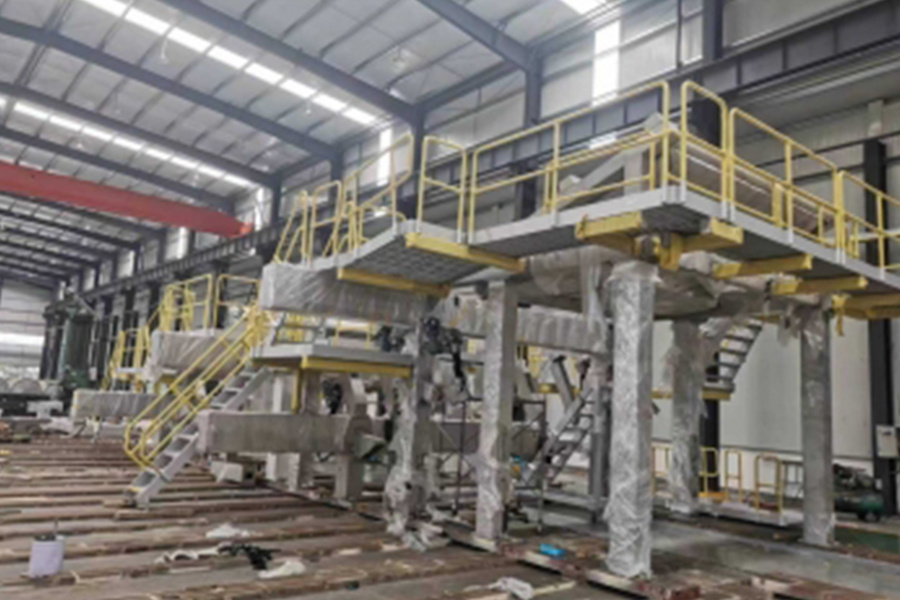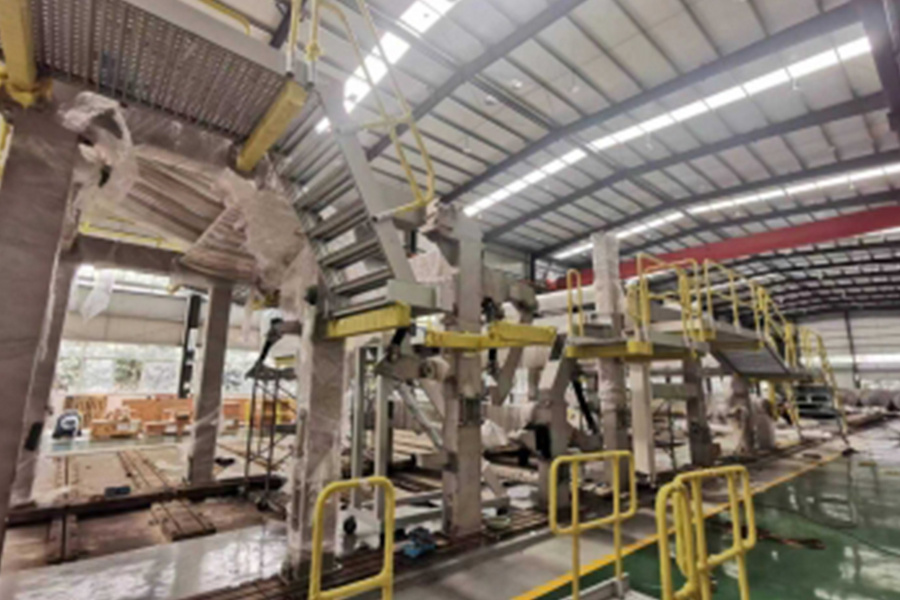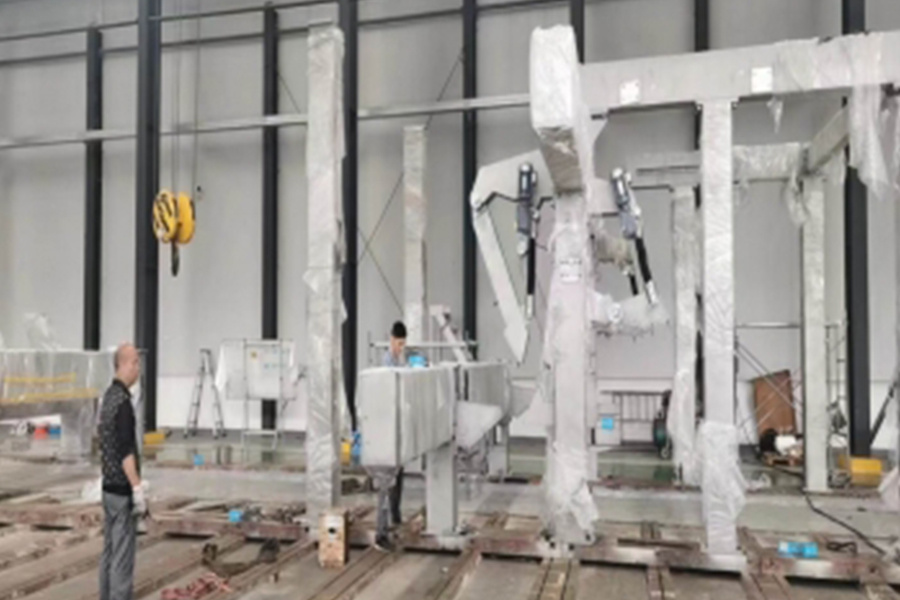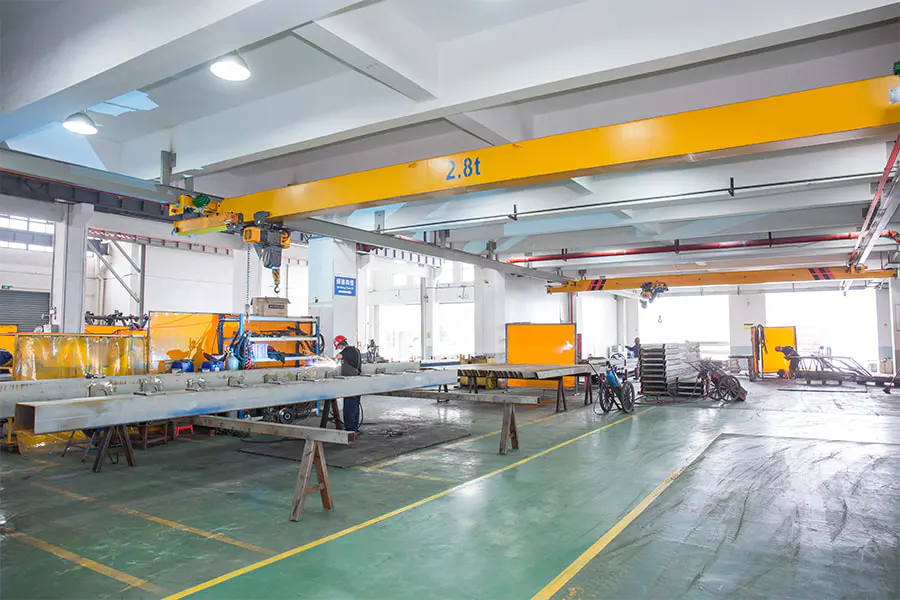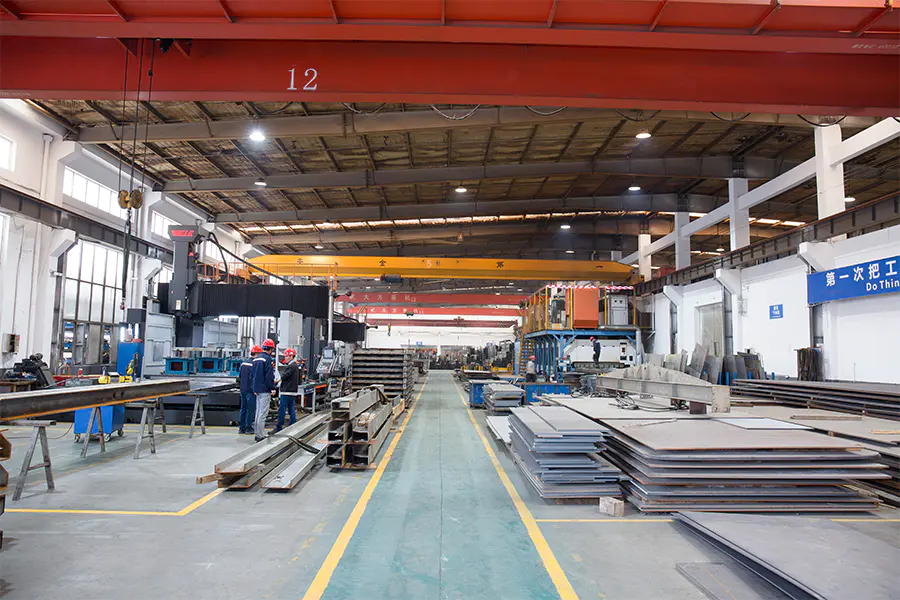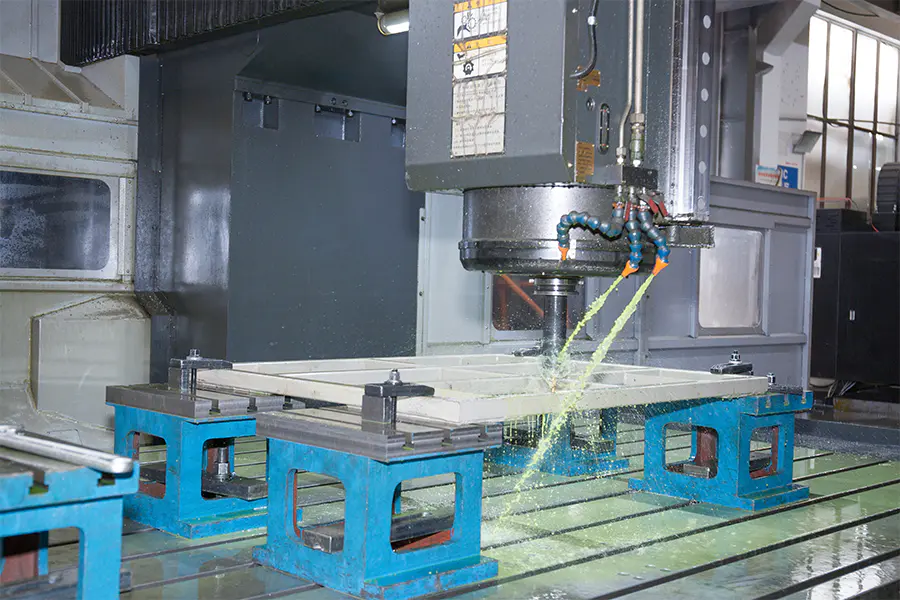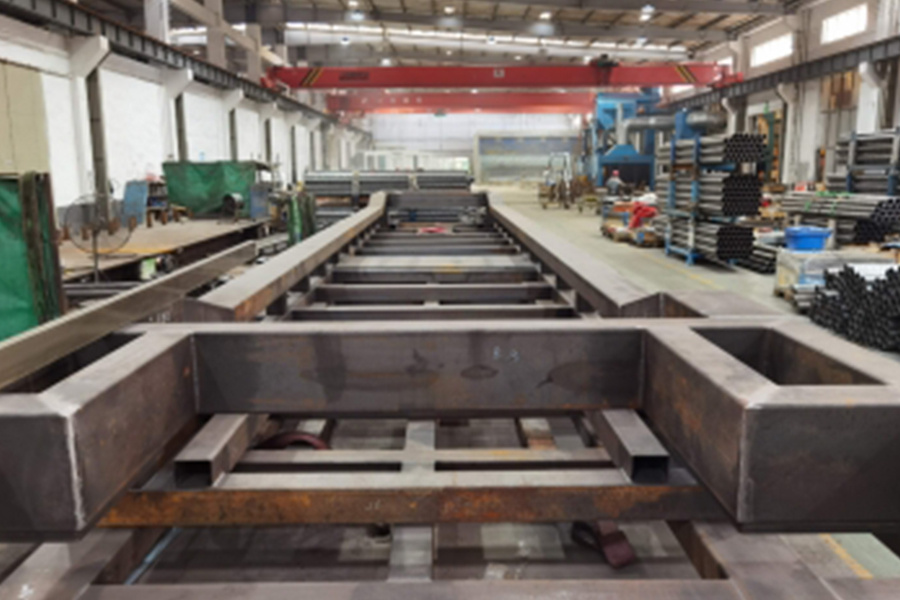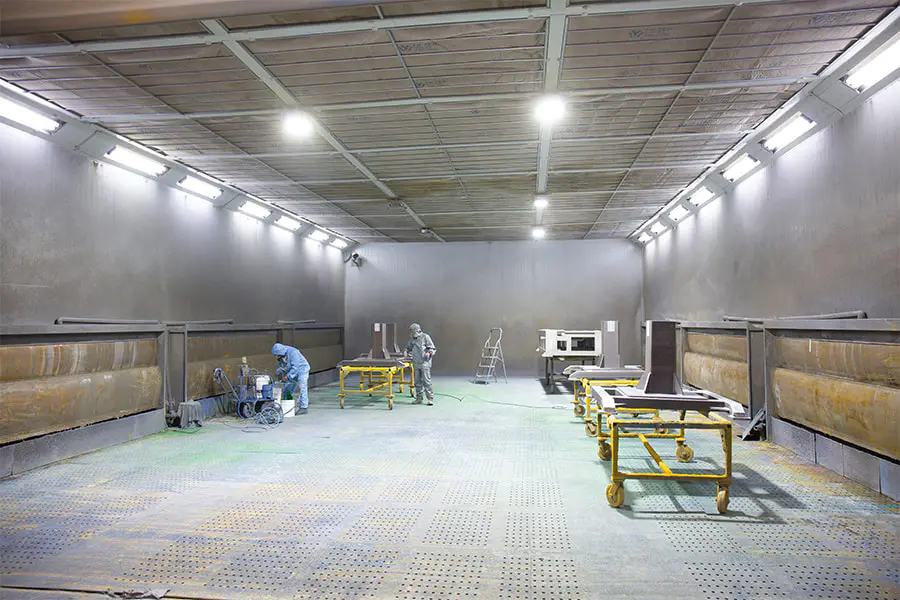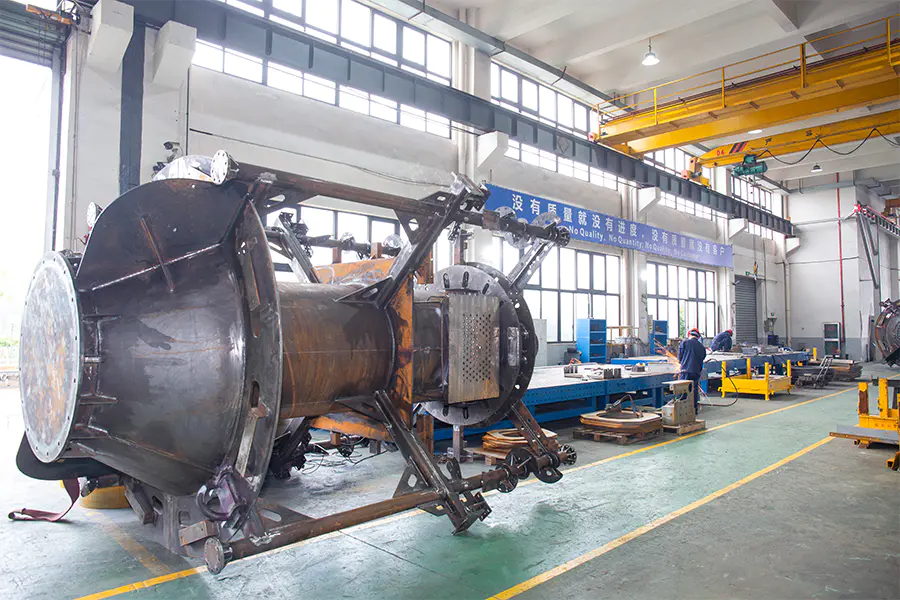Our papermaking equipment structural services focus on providing high-quality supporting structural components for equipment used to make paper from pulp. We have advanced manufacturing equipment and an experienced technical team, able to provide customized structural design and manufacturing according to customers' process flow and equipment requirements. Our products cover key components such as paper machine frames, roller supports, guide rails, etc., ensuring that the equipment has excellent durability and reliability while operating efficiently and stably. Our papermaking equipment structural parts undergo strict quality control and testing to ensure compliance with industry standards and customers' high requirements.

